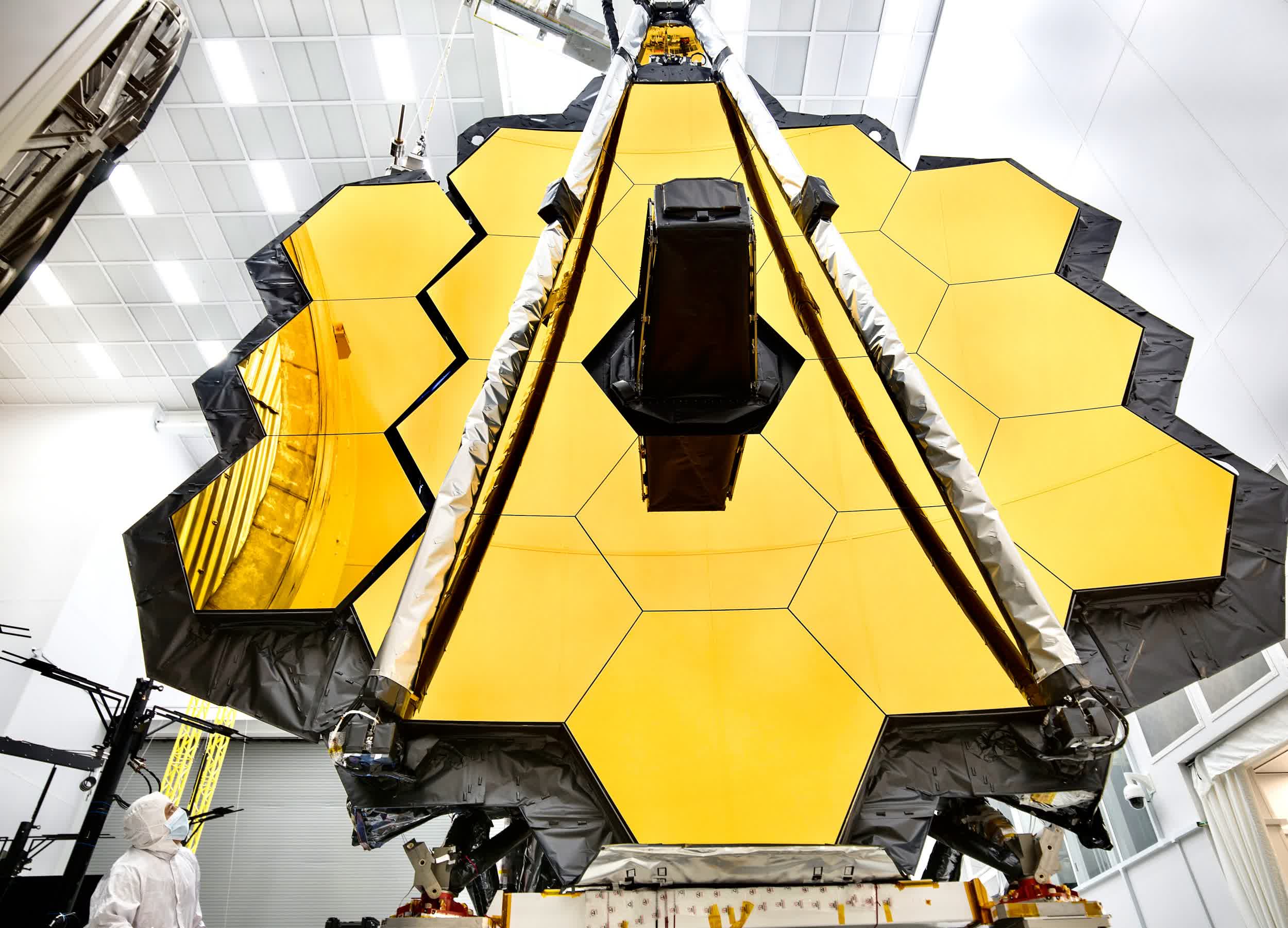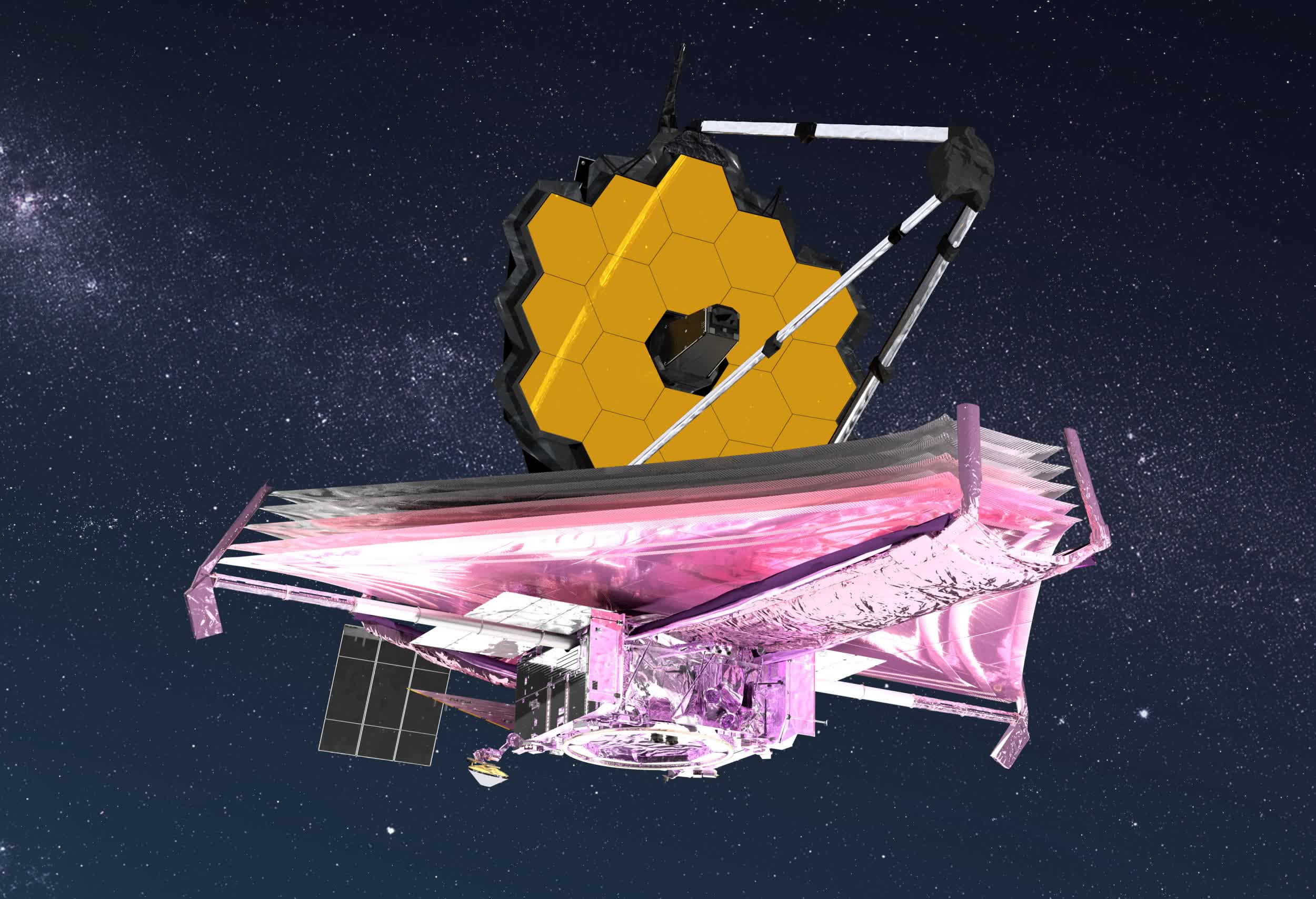What just happened? NASA's James Webb Space Telescope hasn't even conducted its first science mission but is already sustaining damage from the harsh environment of space. Between May 23 and May 25, one of the scope's primary mirror segments was hit by a sizable micrometeoroid. After assessing the damage, the space agency concluded that Webb is still performing above all mission requirements "despite a marginally detectable effect in the data."
Micrometeoroid strikes are a common occurrence in space, and NASA designed Webb's mirror to withstand impacts from dust-sized particles traveling at extremely high speeds. During the construction phase, engineers pelted mirror samples with small particles and conducted simulations to get a better understanding of how to best fortify the space-bound observatory.

Unfortunately, the micrometeoroid that recently tagged Webb was larger than what engineers modeled and could have tested here on Earth. It didn't come from a known meteor shower, either, meaning NASA didn't have the opportunity to maneuver the scope in advance to shield its optics. As such, the strike was classified as an unavoidable chance event.
"Since launch, we have had four smaller measurable micrometeoroid strikes that were consistent with expectations and this one more recently that is larger than our degradation predictions assumed," said Lee Feinberg, Webb optical telescope element manager at NASA Goddard.
The collision prompted operators to assemble a team of engineers to look for ways to mitigate the effects of further strikes of this scale.
NASA is still on track to share the first full-color images from the telescope on July 12.
